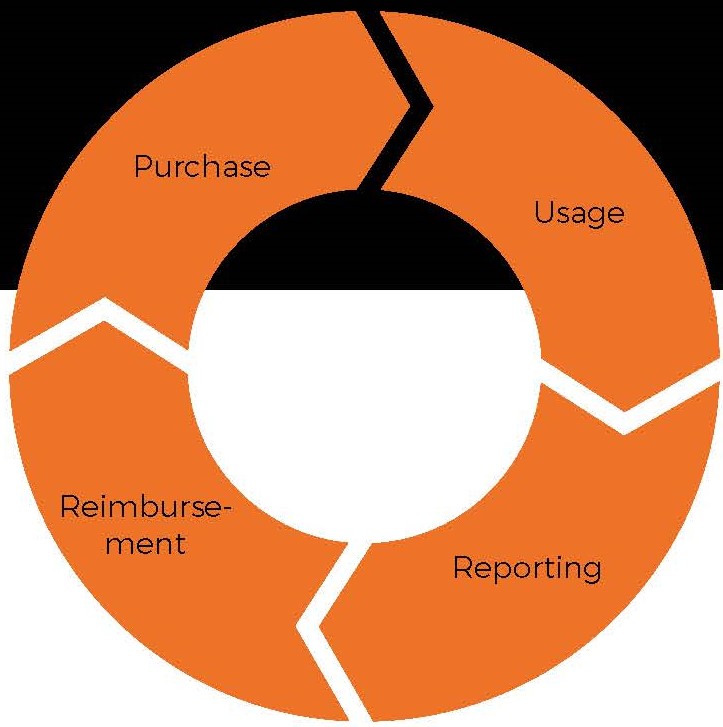The classic way to tackle any sizeable challenge is to break it up into more-manageable chunks. Fleet fuel lends itself to this method because it can be divided into four separate phases:
Purchasing – How fuel is paid-for? Usually this is either via a fuel card or out-of-pocket payment by drivers but it could be company fuel pumps or local garage accounts.
Usage – What factors influence fuel consumption? These include policy actions, e.g. setting choice lists according to Whole Life Costs or specifying speed limiters on LCVs, and behavioural measures, such as training and incentives to maximise mpgs.
Reporting – The management information you can produce and the granularity of the data within it. Reporting is key to controlling costs and achieving Duty of Care/HMRC compliance. The more information you capture, the better.
Reimbursement – Settling up with drivers for business and private fuel. Or if you don’t use a fuel card, mileage payments (e.g. AMAPs). Private fuel benefit is included in this area. Watch out for hidden administrative costs.
Each area  offers a variety of opportunities to reduce costs and overheads, and each can be tackled individually or in combination over successive years.
offers a variety of opportunities to reduce costs and overheads, and each can be tackled individually or in combination over successive years.
We’ll be looking at each area in turn over the coming weeks to help you identify where you could make improvements to benefit your business.
